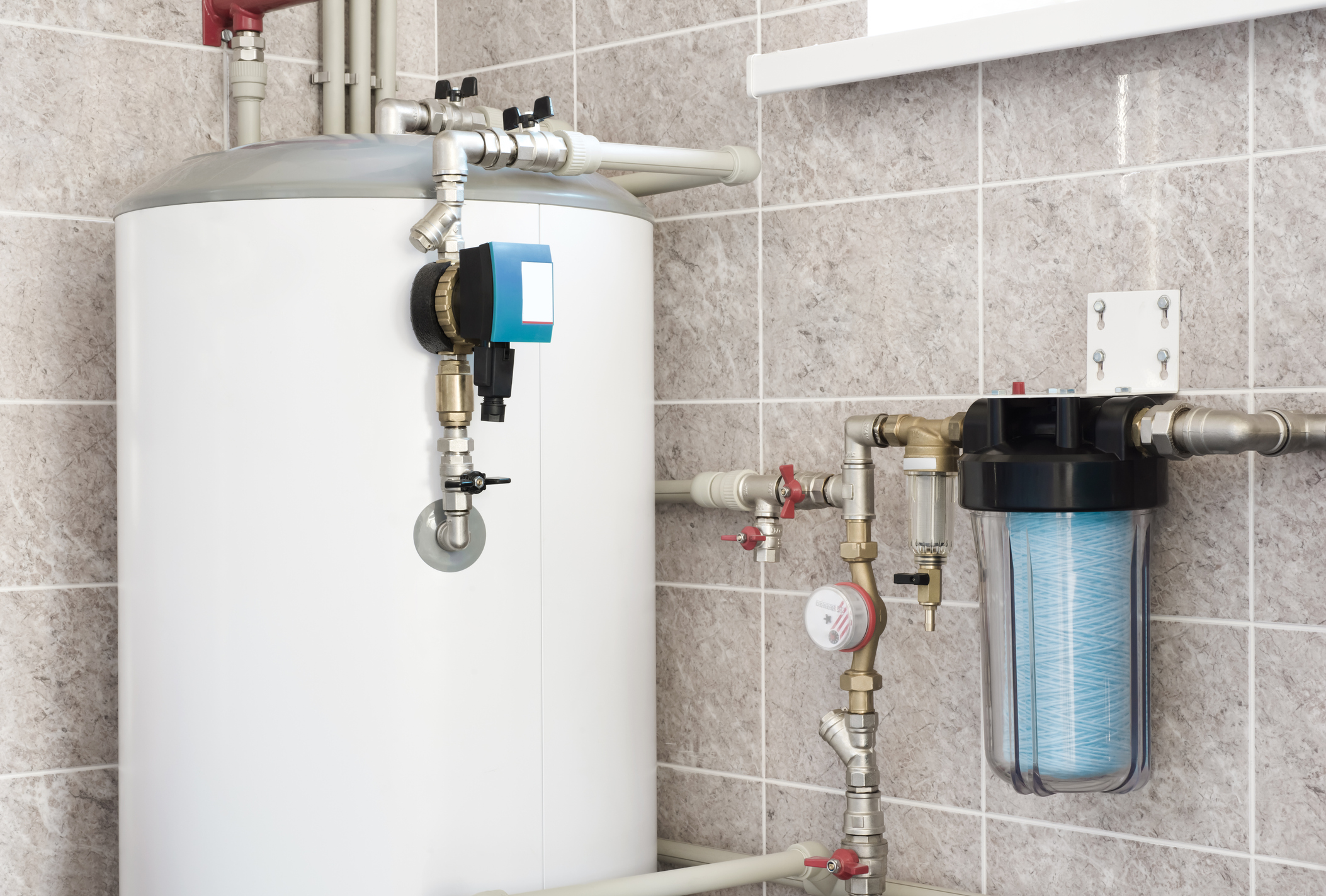Useful Strategies for Maintaining Your Home's Hot Water System
Useful Strategies for Maintaining Your Home's Hot Water System
Blog Article
How do you feel when it comes to Tips on Maintaining a Water Heater?

Warm water is essential for day-to-day comfort, whether it's for a rejuvenating shower or cleaning recipes. To ensure your hot water system runs successfully and lasts much longer, routine maintenance is vital. This post offers practical suggestions and insights on just how to keep your home's warm water system to stay clear of interruptions and costly repairs.
Intro
Keeping your home's warm water system could appear daunting, yet with a few basic steps, you can ensure it runs smoothly for years to find. This overview covers everything from comprehending your warm water system to do it yourself upkeep ideas and understanding when to hire specialist assistance.
Significance of Maintaining Your Warm Water System
Normal upkeep not just extends the lifespan of your hot water system yet additionally ensures it operates successfully. Ignoring upkeep can result in reduced performance, greater energy costs, and even premature failure of the system.
Indicators Your Hot Water System Demands Upkeep
Understanding when your hot water system requires interest can avoid major issues. Look out for signs such as inconsistent water temperature, strange noises from the heater, or rustic water.
Comprehending Your Warm Water System
Prior to diving right into upkeep tasks, it's valuable to understand the fundamental elements of your warm water system. Usually, this consists of the water heater itself, pipes, anode poles, and temperature controls.
Monthly Upkeep Tasks
Regular monthly checks can assist catch minor problems before they rise.
Flushing the Water Heater
Purging your hot water heater gets rid of debris buildup, improving effectiveness and extending its life.
Checking and Changing Anode Rods
Anode poles avoid deterioration inside the tank. Examining and replacing them when worn out is vital.
Examining and Readjusting Temperature Settings
Readjusting the temperature level settings guarantees optimum performance and security.
DIY Tips for Upkeep
You can execute numerous maintenance tasks yourself to keep your hot water system in leading problem.
Looking for Leaks
Frequently evaluate pipes and links for leakages, as these can lead to water damages and greater expenses.
Testing Pressure Relief Valves
Checking the stress relief valve ensures it functions correctly and prevents too much stress accumulation.
Shielding Pipes
Protecting hot water pipelines lowers warm loss and can save power.
When to Call an Expert
While DIY maintenance is valuable, some concerns require specialist know-how.
Complicated Problems Requiring Professional Aid
Examples consist of major leakages, electrical troubles, or if your hot water heater is constantly underperforming.
Routine Specialist Maintenance Conveniences
Expert upkeep can consist of detailed examinations, tune-ups, and ensuring conformity with safety and security requirements.
Conclusion
Routine maintenance of your home's warm water system is important for performance, longevity, and expense financial savings. By adhering to these suggestions and knowing when to look for specialist assistance, you can guarantee a reliable supply of hot water without unanticipated interruptions.
How to Maintain an Instant Hot Water Heater
Before tinkering with your hot water heater, make sure that it’s not powered on. You also have to turn off the main circuit breaker and shut off the main gas line to prevent accidents. Also turn off the water valves connected to your unit to prevent water from flowing into and out of the appliance. 2. When you’re done, you have to detach the purge valves’ caps. These look like the letter “T†and are situated on either side of the water valves. Doing so will release any pressure that has accumulated inside the valves while at the same time avoid hot water from shooting out and burning your skin. 3. When the purge valves’ caps are removed, you have to connect your hosing lines to the valves. Your unit should have come with three hoses but if it didn’t, you can purchase these things from any hardware or home repair shops. You can also get them from retail stores that sell water heating systems. Read the user’s manual and follow it to complete this task properly. When the hosing lines are connected, open the purge port’s valves. 4. You should never use harsh chemical cleaners or solutions when cleaning your unit. Make use of white vinegar instead. It should be undiluted and you’ll probably use about 2 gallons. 5. Now flush your water heater. This task should probably take about 40 minutes. We can’t give you specific directions for this because the procedure is carried out depending on the type, model and brand of your heater. With that being said, refer to the user’s manual. 6. When you’re done draining the unit, you have to turn off the purge port valves again. Remove the hosing lines that you earlier installed on each of the water valves. Put the valve caps (purge port) back in their respective places and be very careful so as not to damage the rubber discs that are found inside these caps. 7. Now that everything’s back in place, check your user’s manual again to find out how to reactivate your water heating system. 8. Once it is working, turn one of your hot water faucets on just to let air pass through the heater’s water supply pipes. Leave the tap on until water flows smoothly out of it. https://www.orrplumbing.com/blog/2014/september/how-to-maintain-an-instant-hot-water-heater/

Do you really like more info about What Kind of Maintenance Do Water Heaters Need?? Make a comment down below. We will be happy to listen to your thoughts about this content. We hope that you visit us again in the near future. Loved our review? Please quickly share it. Help someone else discover it. Thanks for your time invested reading it.
Explore Now Report this page